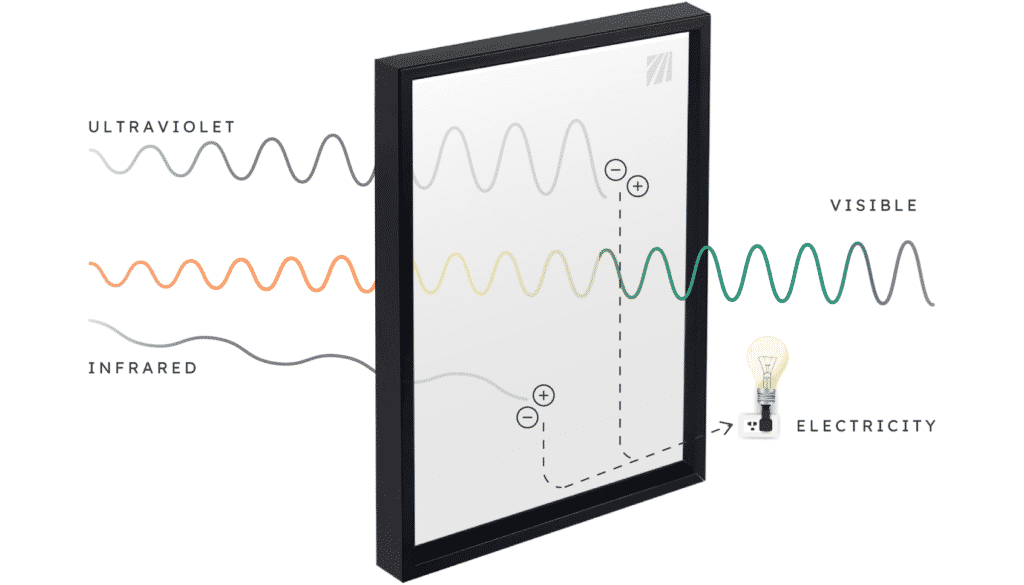People have been harnessing solar power for ages. Ancient Egyptians are the first people known to use solar energy on a large scale to heat their homes. They designed their houses to store the sun’s heat in the walls during the day, which kept the home warm during the cold desert night. The ancient Greeks, Romans, Native Americans, and Chinese also used similar techniques to help regulate the temperature in their homes.
Get A Free Solar Quote NowThe solar panels we know today got their start at Bell Labs in 1954. That's where D.M. Chapin, C.S. Fuller, and G.L. Pearson used silicon to make a reliable power source with 4% efficiency. The rest of the sun's energy captured by the panels was lost as heat.
A year later, Hoffman Electronics released the first commercial silicon solar cell, with 2% efficiency at a cost of $25 per cell. The milliwatts that these small cells produced meant that each watt cost $16,000 in today's dollars—a far cry from the $4/watt solar energy systems we now enjoy.
To put solar panel efficiency into perspective, know that the everyday incandescent lightbulb only converts 10% of its energy draw into light; the other 90% is lost as heat.
1950-2000
Solar technology advanced rapidly in the postwar years of the 1950s. Hoffman Electronics was able to reach 10% efficiency in commercially viable panels by the end of the decade and 14% in 1960.
Silicon solar panels, the kind used in 90% of installations worldwide, have a theoretical efficiency of 29%, but reaching that level proved challenging to scientists. Advancement slowed considerably in the 1960s.
Connect with a friendly local installer to explore your solar options.
As the home solar panel continued to develop in the 1990s, Jerry Olson, a scientist at what would soon become the National Renewable Energy Laboratory, achieved a remarkable 30% efficiency in a gallium indium phosphide and gallium arsenide solar cell. Not suitable for mass distribution, this cell found use in space applications and now powers satellites and the Mars rovers (source).
In 2000, the first invertor to turn the direct current (DC) power generated by solar panels into the alternating current (AC) used by American homes was invented by Sandia Laboratories. Now residential solar was possible.
Today
Today we have gotten tantalizingly close to the theorized 29% efficiency limit of commercial photovoltaic panels. Under laboratory conditions, researchers have attained a record 26% efficiency.
The efficiency of mass-distributed solar panels continues to creep upward. Last month, Chinese solar manufacturer Longi said it set a world record of 22.38% efficiency with its monocrystalline passivated emitter rear contact (PERC) module. The previous record, which was set by the same company a month earlier, was 21.65%. The results were confirmed by German testing and certification provider TÜV Rheinland.
An American company holds the rank of most efficient solar panels on the market today.
TÜV Rheinland also verified the results of another Chinese module manufacturer, JinkoSolar, which had employed a new antireflection coating and advanced metallization technologies to achieve 21.82% conversion efficiency in its p-type PERC panels.
An American company holds the rank of most efficient solar panels on the market today. One of SunPower's monocrystalline X series panel lines has a 22.7% power conversion efficiency rate.
The Future
A promising material for residential solar applications is cadmium telluride (CdTe), the current front-runner to replace our familiar silicone panels. These solar cells have a lower carbon footprint and manufacturing cost than traditional silicon panels and offer impressive outputs.
Although CdTe cells have been around for six decades, they were never able to produce more than 0.90 volt, not even in the lab. Researchers were vexed by this "one-volt limit" until 2016, when the National Renewable Energy Laboratory disproved the theoretical limit. The lab achieved 22% efficiency. CdTe panels could be the next major leap in residential solar.
A clear path ahead?
What else could the future hold in solar panel technology? Well, we might be able to see through it. Organic solar cell material has long distinguished itself by its transparency, opening the door—or should we say the window?—on energy-generating solar windows.
Ubiquitous Energy, headquartered in Redwood City, California, is building transparent solar windows with organic solar cell material, focusing its initial efforts on architectural glass. Last year the firm claimed a world record for efficiency of a transparent solar cell with a 9.8% power conversion rate. The efficiency of the small organic solar cell was certified by private, independent test lab Newport Corporation.

Ubiquitous Energy's director of business development, Veeral Hardev, told PV Magazine that the production window product should have an efficiency of 7% to 10%.
Applied directly on glass using standard glass coating equipment, Ubiquitous Energy’s coating is highly transparent and color neutral. The coating absorbs and converts nonvisible light (ultraviolet and infrared) to electricity. The company installed approximately 100 square feet of solar windows at its headquarters. This is "the world's first truly transparent solar window façade," according to Businesswire.
"Commercializing an integrated solar façade is not just an engineering problem," wrote PV magazine. "It means driving a completely new type of window and curtain wall product through the very conservative building channel—and that’s a daunting marketing challenge."
We could be moving toward a future when our solar energy system is not on our roof or on a ground framework but rather inside our big view windows. We'd be powering our home with solar energy through the same widows that brighten our home with natural light.
Start harnessing the sun's awesome power yourself by viewing your solar estimates today!
Get A Free Solar Quote Now A history compiled by Solar Power Authority was helpful in the writing of this story.




